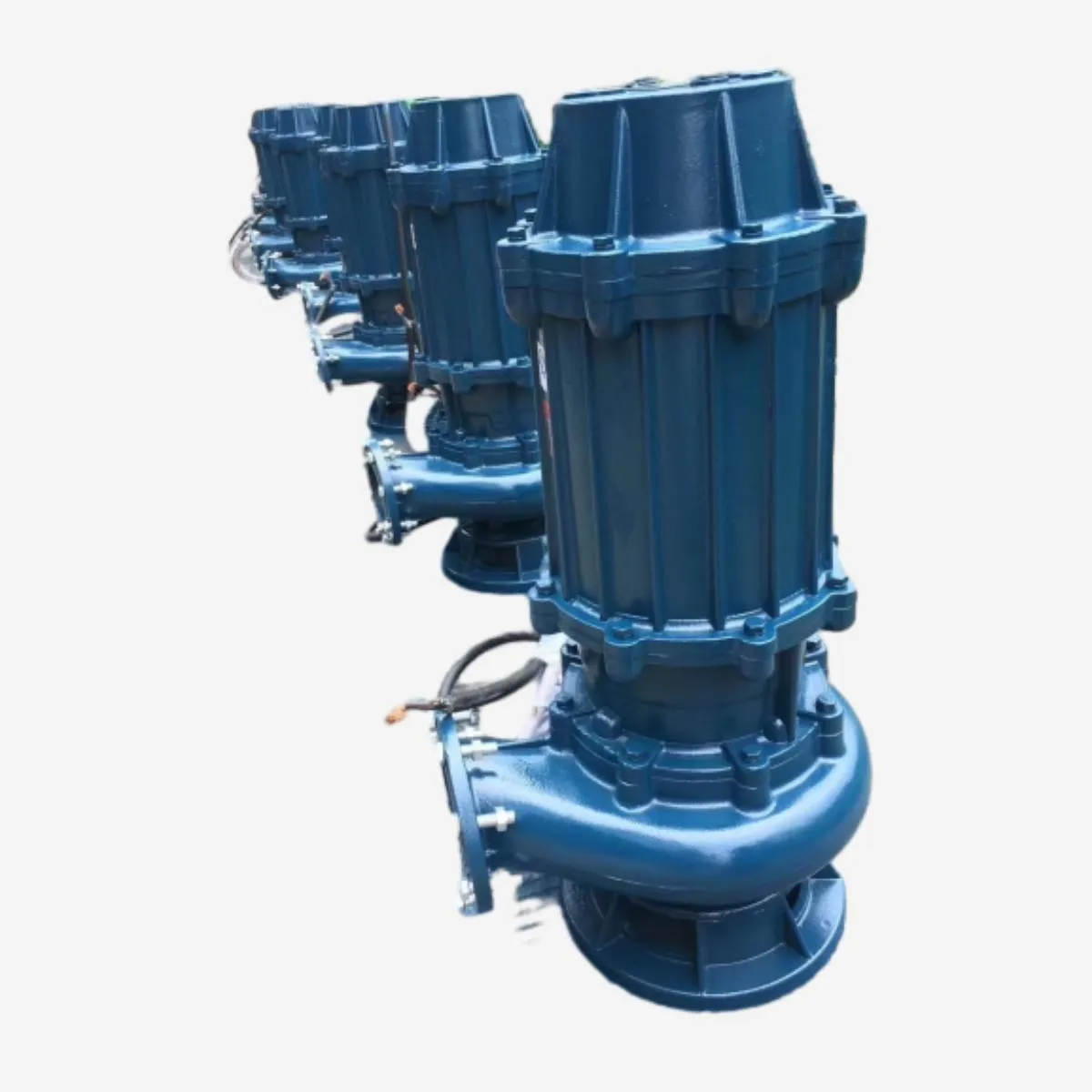English
- Afrikaans
- Albanian
- Amharic
- Arabic
- Armenian
- Azerbaijani
- Basque
- Belarusian
- Bengali
- Bosnian
- Bulgarian
- Catalan
- Cebuano
- Corsican
- Croatian
- Czech
- Danish
- Dutch
- English
- Esperanto
- Estonian
- Finnish
- French
- Frisian
- Galician
- Georgian
- German
- Greek
- Gujarati
- Haitian Creole
- hausa
- hawaiian
- Hebrew
- Hindi
- Miao
- Hungarian
- Icelandic
- igbo
- Indonesian
- irish
- Italian
- Japanese
- Javanese
- Kannada
- kazakh
- Khmer
- Rwandese
- Korean
- Kurdish
- Kyrgyz
- Lao
- Latin
- Latvian
- Lithuanian
- Luxembourgish
- Macedonian
- Malgashi
- Malay
- Malayalam
- Maltese
- Maori
- Marathi
- Mongolian
- Myanmar
- Nepali
- Norwegian
- Norwegian
- Occitan
- Pashto
- Persian
- Polish
- Portuguese
- Punjabi
- Romanian
- Russian
- Samoan
- Scottish Gaelic
- Serbian
- Sesotho
- Shona
- Sindhi
- Sinhala
- Slovak
- Slovenian
- Somali
- Spanish
- Sundanese
- Swahili
- Swedish
- Tagalog
- Tajik
- Tamil
- Tatar
- Telugu
- Thai
- Turkish
- Turkmen
- Ukrainian
- Urdu
- Uighur
- Uzbek
- Vietnamese
- Welsh
- Bantu
- Yiddish
- Yoruba
- Zulu
Telephone: +86 13120555503
Email: frank@cypump.com
Nov . 07, 2024 17:58 Back to list
Optimizing Pump Performance for Efficient Slurry Transportation and Handling Solutions
Understanding Pump Slurry Importance, Applications, and Best Practices
In various industrial applications, the transport of solid-liquid mixtures, commonly referred to as slurries, is a crucial process. This is where pump slurry systems come into play, serving as essential components in sectors such as mining, wastewater treatment, and construction. The capability to efficiently handle slurries hinges on understanding the principles of slurry viscosity, density, and the appropriate pumping technology.
Slurry, by definition, is a mixture of solids suspended in a liquid, typically water. It consists predominantly of particles that can vary in size and concentration. The nature of the slurry can greatly impact the choice of pumping system, given that different slurries exhibit distinct flow characteristics. These differences necessitate a careful analysis of the specific physical properties of the slurry, including particle size distribution, concentration, and the liquid's rheology.
The applications for pump slurry systems are vast and multifaceted
. In the mining industry, pumps are employed to transport mineral slurries from the extraction site to processing facilities. The ability to efficiently transfer these slurries is crucial, as it directly influences the overall productivity and cost-effectiveness of mining operations. In wastewater treatment, slurry pumps are used to manage sludge and other by-products generated during the purification processes. This ensures that facilities can effectively treat waste and protect environmental standards.When it comes to selecting the appropriate pump for slurry applications, several factors must be taken into account. One of the primary considerations is the type of pump mechanism—centrifugal or positive displacement. Centrifugal pumps are commonly used for low-viscosity slurries with a lower solid content, while positive displacement pumps are preferred for high-viscosity, high-solid content slurries. Each type has its strengths and weaknesses, requiring operators to match the pump type with the specific slurry characteristics.
pump slurry

Another important aspect is the material selection for the pump components. Slurries can be highly abrasive, which means that the pump materials must withstand wear and degradation over time. Common materials include rubber, stainless steel, and specialized alloys. Understanding the abrasive nature of the slurry will help in choosing materials that enhance the longevity and efficiency of the pumping system.
Operational factors such as pump speed, flow rate, and pressure also play vital roles in the successful management of pump slurry systems. Operators need to maintain optimal parameters to prevent issues like cavitation, which can damage the pump and reduce its efficiency. Routine maintenance is also critical to ensure the reliable operation of the pump and to avoid unforeseen breakdowns that can lead to costly downtime.
Moreover, advancements in pump technology have led to the development of smart pumping solutions. These innovative systems are equipped with sensors and monitoring tools that can provide real-time data on performance metrics. Such technologies allow for predictive maintenance and optimize operational efficiency, ensuring that slurry pumping systems are running at their best.
In conclusion, understanding the complexities of pump slurry systems is essential for professionals across industries that deal with solid-liquid mixtures. By recognizing the importance of slurry properties, selecting the right pump type, using appropriate materials, and implementing advanced technologies, industries can optimize their processes, reduce costs, and ensure efficient operations. Proper management of slurry pumping not only enhances productivity but also contributes to the sustainability of industrial practices, making it a critical focus in modern engineering and resource management.
-
Horizontal Split Case Pump with GPT-4 Turbo | High Efficiency
NewsAug.01,2025
-
ISG Series Pipeline Pump - Chi Yuan Pumps | High Efficiency, Durable Design
NewsAug.01,2025
-
Advanced Flue Gas Desulfurization Pump with GPT-4 Turbo | Durable & Efficient
NewsJul.31,2025
-
ISG Series Vertical Pipeline Pump - Chi Yuan Pumps | Advanced Hydraulic Design&Durable Construction
NewsJul.31,2025
-
ISG Series Vertical Pipeline Pump - Chi Yuan Pumps | Energy Efficient & Low Noise
NewsJul.31,2025
-
pipeline pump - Chi Yuan Pumps Co., LTD.|High Efficiency&Low Noise
NewsJul.31,2025










